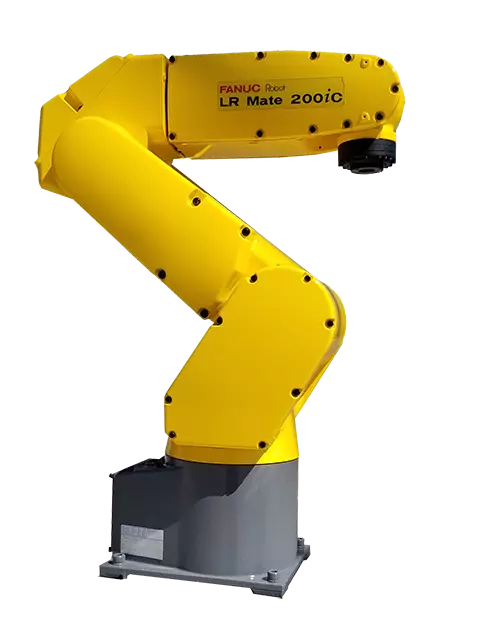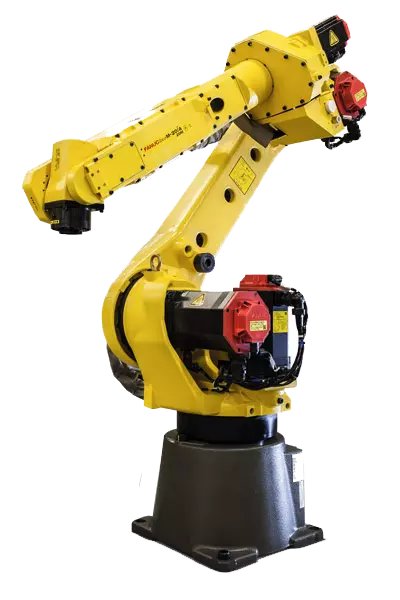Improving Weld Accuracy with Robots





Industrial robots have been used for automating welding applications for several decades. One of the main advantages of welding robots is their pinpoint accuracy. Accuracy is crucial to any welding process. The less accurate a weld is the more likely it is the weld will not withstand the test of time effecting the quality of the overall product. When welding components of cars or airplanes, poor quality due to inaccurate welds can become a major safety issue. This is why many manufacturers have turned to robotic automation for their metal fabrication needs, especially in regard to welding.
Welding robots are capable of automating many different types of welding methods, although the most common are spot welding and the various arc welding applications. Regardless of the welding method, articulated robots will significantly improve weld accuracy when compared to manual welding. This is why it is common to see the FANUC R2000ib spot welding car frames in the auto industry or the FANUC Arcmate 120ic welding in metal fabrication shops.
One of the biggest drawbacks to manual welding is that it is prone to inconsistencies. Parts tend to deviate from one to another since welders cannot exactly replicate each workpiece. With manual welding there is the human error component that can also negatively impact weld accuracy. Welders may tire causing them to lose concentration resulting in inaccurate weld paths. In addition, welders must reposition the weld torch with each weld and may need to reposition halfway through a weld on a large workpiece. This can jeopardize the accuracy of the weld if the welder does not correctly align the weld torch. Having to hold the weld torch and keep it steady can also be a challenge for welders. One little shake can be detrimental to the accuracy of the weld.
Welding automation eliminates the factors that can hinder the accuracy of welding. Arc welding robots are pre-programmed with the weld path. Their high repeatability ensures they do not deviate from the programmed path for high accuracy. In addition, welding robots can be integrated with robotic vision systems for more complicated weld paths or to enhance their precision. The Motoman MA1400 can be integrated with a vision system for extremely accurate arc welding.
Since welding robots are programmed for accurate welding, each weld is replicated with every workpiece. Parts are uniform to one another, ensuring each workpiece meets the same accuracy standards, bringing consistency to the welding process.
Another aspect of robotic automation that improves weld accuracy is the ability to control welding variables. Variables such as the amount of heat, weld torch position, speed, electric current, etc. can all be controlled through the application program of the welding robot. Applying too little or too much heat, having the weld torch in the wrong position, or passing the torch too quickly can negatively affect welding accuracy. The FANUC Arcmate 100ic has a repeatability of .08MM making allowing it to make exteremely accurate welds.
Welding accuracy directly impacts product quality. Welding robots improve accuracy through application programming allowing for control of all variables. The accurate welds produced by six axis robots will be stronger and more durable improving the overall quality of a product.